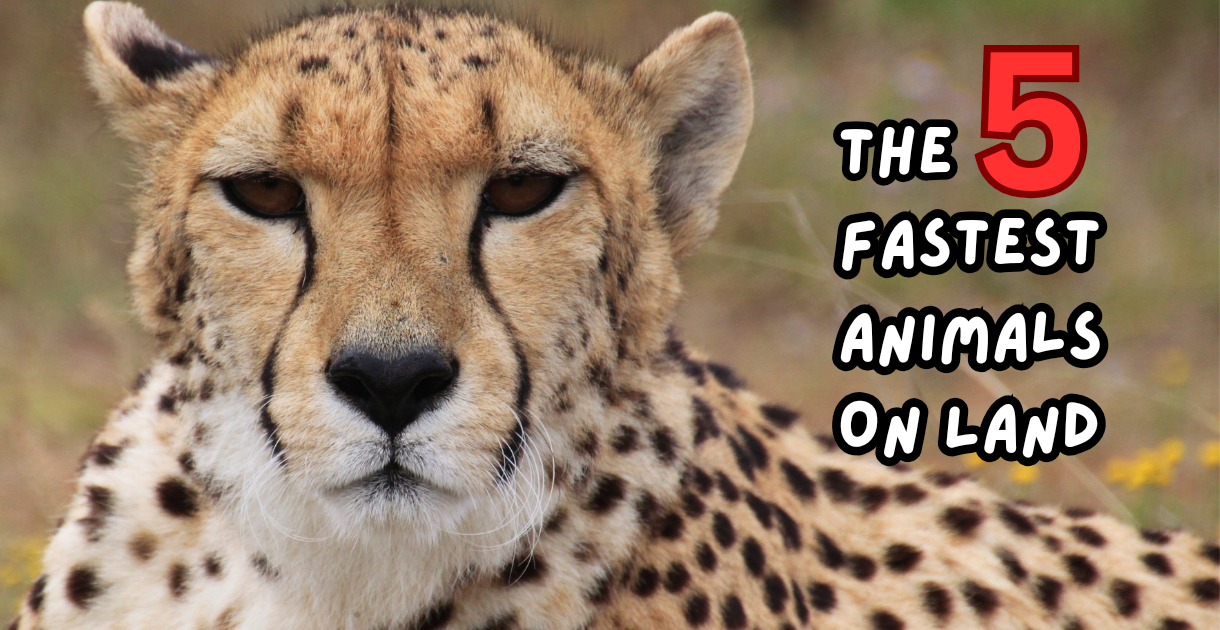
Brace yourself for this list of amazing, not so eency-weency, eight legged freaks.
Now, in the UK we only have to suffer the intrusion of the odd house spider scuttling across the floor, sending men, woman and children fleeing in panic in a search for a shoe or newspaper to batter it into oblivion. If one of these wee critters dares to show itself in my house, my own wife will let out a gasp and squeal so terrifying to make me think our toddler is about to fall out the window while juggling flaming knives.
So setting aside the local, and relatively tiny spiders I have at home, I’ve wanted to see what else is out there. After bringing this list together it just brings it home again how easy we have things in the UK and reminds me not to visit some of these countries without my spider-proof underpants and flamethrower.
5 – Chaco Golden-Knee Tarantula

The Brazilian Chaco Golden-Knee Tarantula (Grammostola pulchripes) is one of the largest spider species in the world, renowned for its impressive size and striking appearance. Native to the grasslands and forests of Paraguay, Argentina, and Bolivia, this tarantula can reach a leg span of around 20 to 22 centimetres (8 to 9 inches) and weigh up to 100 grams (3.5 ounces). Its defining feature is its beautiful golden-banded legs, which create a stunning contrast against its dark, velvety body.
As a terrestrial spider, the Brazilian Chaco Golden-Knee prefers to dwell in burrows that it digs in the ground, providing a safe haven from predators. It primarily preys on insects, small rodents, and other arthropods, using its powerful fangs and venom to subdue its catch. While its size and appearance might intimidate some, this tarantula is known for its relatively docile nature, making it a popular choice among pet enthusiasts and collectors.
Although its bite can be painful, the venom is not considered dangerous to humans. The Brazilian Chaco Golden-Knee plays a crucial role in its ecosystem, helping to regulate insect populations. Its combination of size, beauty, and calm demeanour makes it a fascinating and admired species within the arachnid world.
4 – Brazilian Giant Tawny Red Tarantula

The Brazilian Giant Tawny Red Tarantula (Pamphobeteus affinis) is one of the largest spiders in the world, known for its impressive size and distinctive appearance. Native to the rainforests of Brazil and other parts of South America, this striking tarantula can reach a leg span of up to 25 centimetres (10 inches) and weigh over 100 grams (3.5 ounces). Its robust body is adorned with rich, tawny-red hairs that give it a captivating and intimidating look.
The Brazilian Giant Tawny Red Tarantula is a terrestrial species, primarily dwelling in burrows that it digs in the forest floor. As an opportunistic predator, it preys on a variety of insects, small mammals, and other arthropods, using its powerful fangs to subdue its catch. Despite its formidable appearance, this tarantula is generally known for its docile temperament, making it a popular choice among arachnid enthusiasts and collectors.
Though its bite can be painful, the venom is not considered dangerous to humans. As a nocturnal hunter, the Brazilian Giant Tawny Red Tarantula is an important part of its ecosystem, helping to control insect populations. Its remarkable size, coloration, and relatively calm demeanour contribute to its status as one of the most fascinating spider species in the world.
3 – Brazilian Salmon Pink Birdeater

The Brazilian Salmon Pink Birdeater (Lasiodora parahybana) is one of the largest spiders in the world, known for its impressive size and striking appearance. With a leg span that can reach up to 28 centimetres (11 inches), this tarantula is native to the rainforests of Brazil, particularly in the regions of the Amazon. Its name derives from the distinctive salmon-coloured hairs that cover its body, giving it a unique and attractive look.
Although commonly referred to as a “birdeater,” this species primarily preys on insects, small mammals, and other arthropods, rarely consuming birds in the wild. The Brazilian Salmon Pink Birdeater is known for its robust build, with a hefty body that can weigh up to 140 grams (5 ounces). Despite its formidable size, it is generally considered docile, making it a popular choice among tarantula enthusiasts as pets.
This spider’s powerful fangs can deliver a painful bite, but its venom is not particularly dangerous to humans. The Brazilian Salmon Pink Birdeater is a nocturnal hunter, using its keen senses to locate and capture prey. Its combination of size, striking coloration, and relatively calm demeanour make it one of the most fascinating and admired tarantula species in the world.
2 – Giant Huntsman

The Giant Huntsman Spider (Heteropoda maxima) is recognized as one of the largest spiders in the world, notable for its remarkable leg span that can reach up to 30 centimeters (12 inches). Native to the limestone caves of Laos, this spider is distinguished by its long, slender legs and rapid movements, making it an adept predator. Unlike many other large spider species, the Giant Huntsman does not build webs; instead, it actively hunts down its prey, which primarily consists of insects.
With a somewhat flattened body and a colouration that blends well with its surroundings, the Giant Huntsman can be surprisingly elusive, despite its size. Its impressive leg span and speed allow it to navigate its cave environment with agility, capturing unsuspecting prey with ease. Although it may appear intimidating, the Giant Huntsman is not considered dangerous to humans, as its venom is relatively mild.
The species gained popularity after a specimen was discovered in 2001, showcasing not only the vast biodiversity of the region but also the unique adaptations of spiders. The Giant Huntsman Spider stands as a fascinating example of arachnological diversity, drawing interest from both researchers and enthusiasts who are captivated by its size and hunting prowess.
1 – Goliath Birdeater

The Goliath Birdeater (Theraphosa blondi) is the largest spider in the world by mass, native to the rainforests of northern South America, particularly in countries like Venezuela, Brazil, and Guyana. With a leg span of up to 30 centimetres (12 inches) and weighing as much as 170 grams (6 ounces), this tarantula species is a true giant among arachnids. Its name, “Birdeater,” comes from reports of one being observed eating a hummingbird, although such incidents are rare. In reality, its diet consists primarily of insects, small mammals, and occasionally frogs or other small animals.
The Goliath Birdeater has a robust, hairy body and is equipped with large fangs capable of delivering a venomous bite, although its venom is not particularly dangerous to humans, causing only mild pain and irritation. Despite its formidable size, the spider prefers to avoid confrontation and will typically defend itself by using its hind legs to flick barbed hairs from its abdomen, which can cause irritation to the eyes and skin of potential predators.
As a nocturnal hunter, the Goliath Birdeater relies on its size and strength rather than webs to catch prey. Its massive size, defensive behaviour, and distinctive appearance make it one of the most awe-inspiring spiders in the world.
